 We've said it over and over again, that's the way it is today, and that's the way it's always going to be. When it comes to consumption in general, everything has an impact on the environment! Human beings and the environment represent an ecosystem where everything is interconnected. What I consume comes from raw resources, so what's available comes from the physical environment around us.
We've said it over and over again, that's the way it is today, and that's the way it's always going to be. When it comes to consumption in general, everything has an impact on the environment! Human beings and the environment represent an ecosystem where everything is interconnected. What I consume comes from raw resources, so what's available comes from the physical environment around us.
That said, some choices are better than others. Choices that have less negative impact on the environment. Choices that leave less of a footprint on the environment in which we live. I can choose to drink my coffee from a single-use cup (cardboard, Styrofoam...) or I can choose to drink my coffee from a reusable cup.
Ecoresponsibility
According to Wikipedia's definition, ecoresponsibility is " the application of ecological knowledge, a state of true awareness and the accountability of decisions to the decision-maker. It is applied throughout the processes of governance (administration, management, ...) and according to the principles of sustainable development..." . This means that, if we know the ecological impact of one of our actions, we are responsible for it!
Sustainable development
But what is the ultimate goal of ecoresponsibility? The answer is simple and evocative: to ensure the survival of the human species. It's a concept that emerged in the 70s, and the first definition appeared in an important environmental document: The Brundtland Report. This defines sustainable development as "development that meets the needs of the present without compromising the ability of future generations to meet their own needs" . This means that present generations should satisfy their needs without compromising those of future generations.
This notion is a new way of approaching the economy, taking a global view of the planet and its evolution, while considering the economy as a concept that integrates environmental and social aspects.

Eco-responsible or sustainable clothing
Defining what constitutes eco-responsible or sustainable clothing can be relatively complex, not only because the notion of sustainable development is still only partially defined, but also because it is complex in practice. The garment industry involves many stages, from the cultivation or extraction of raw materials, to the marketing and end-of-life of the clothing.
A meaningful definition would therefore be: a garment whose design, production, use and end-of-life respect the basic principles of sustainable development.
The adjectives "ethical", "responsible" and "sustainable" are used to designate clothing creations that promote at least one social or environmental value; there are no laws, regulations or legal certification systems to govern them. Responsible", "ethical" or "sustainable" clothing will, among other things, promote:
- reducing consumption itself;
- reuse, salvage and repair;
- buying ecological or fair-trade clothing;
- buying locally;
- support for social economy enterprises.
Let's take a closer look at some of the elements that make a garment sustainable. These are not the only elements, but in our view they are the most important: ecological and social.
Ecological
When we talk about clothing, we're obviously talking about textiles. Textiles can be made from natural, semi-synthetic or synthetic fibers.
For a textile to meet ecological criteria, it must first be produced from fibers grown without the use of chemicals such as pesticides.
Secondly, raw materials must be as renewable as possible. When we talk about petroleum-based textiles (certain polyesters), for example, we know that this material is destined to disappear and is not sustainable. That future generations will probably not have access to it.
When it comes to processing, the use of chemicals that are harmful to health and the environment, such as lead-based dyes and other heavy metals, should be avoided. In addition, a clothing company must ensure that it has an efficient wastewater management system that minimizes discharges into the environment.
Finally, the raw materials used to make the garment must also be produced as close as possible to the place of consumption. In this way, excessive transportation using non-renewable fossil fuels is avoided.
Social
What we want here, among other things, is for individual choices to be made in line with overall social interests. In the interests of both the individual and the community.
From a social point of view, we can refer to the working conditions of the people who worked on the garment we're about to buy. Is the environment healthy for the worker's physical and psychological health?
Certain basic criteria can be assessed. In addition to safe working conditions in an acceptable hygienic environment, it is also favorable that the job is permanent, that the employee is free to associate or bargain collectively, that there is no recourse to child labor, that the wage meets the national minimum wage , that the number of working hours is reasonable and that the work environment is not discriminatory. Of course, work must not only be carried out in accordance with the laws of the land, but also in compliance with the Universal Declaration of Human Rights.
The reality

Although there are some very fine initiatives, textiles and clothes that meet all the above criteria are still unfortunately rare. For example, some come from easily renewable resources, but have used pesticides. Or some are organically grown, but the working conditions of the employees who make them are deplorable.
That's why it's best to inform ourselves about what we're buying, and only make compromises that are acceptable based on the information we know.
Fortunately, we're seeing more and more innovations in eco-friendly textiles. Examples include textiles made from orange peel or soy residues. There also seems to be a growing public awareness of products that are healthier for us and for the environment, and this includes clothing.
For more information, consult the Eco Loco textiles section or Équiterre's Responsible Clothing Guide.
Ecologically yours,


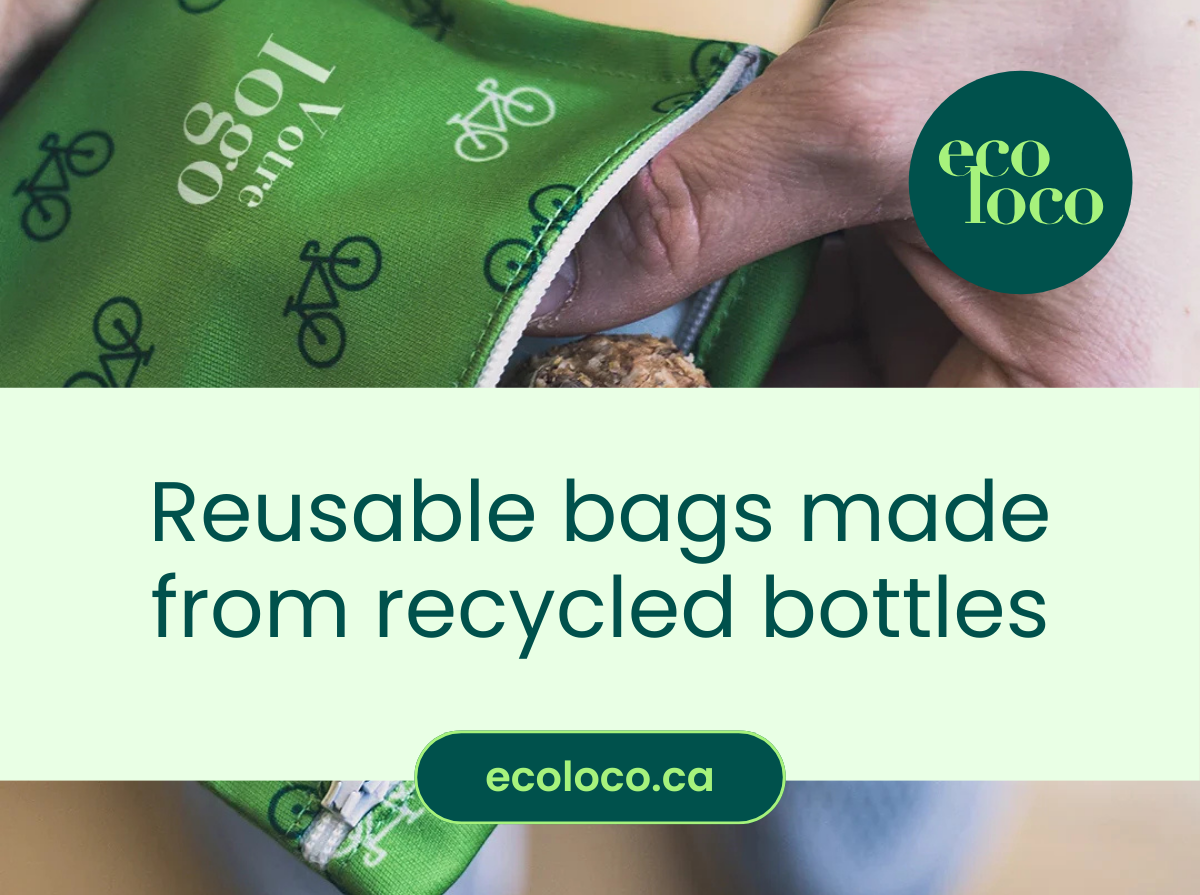
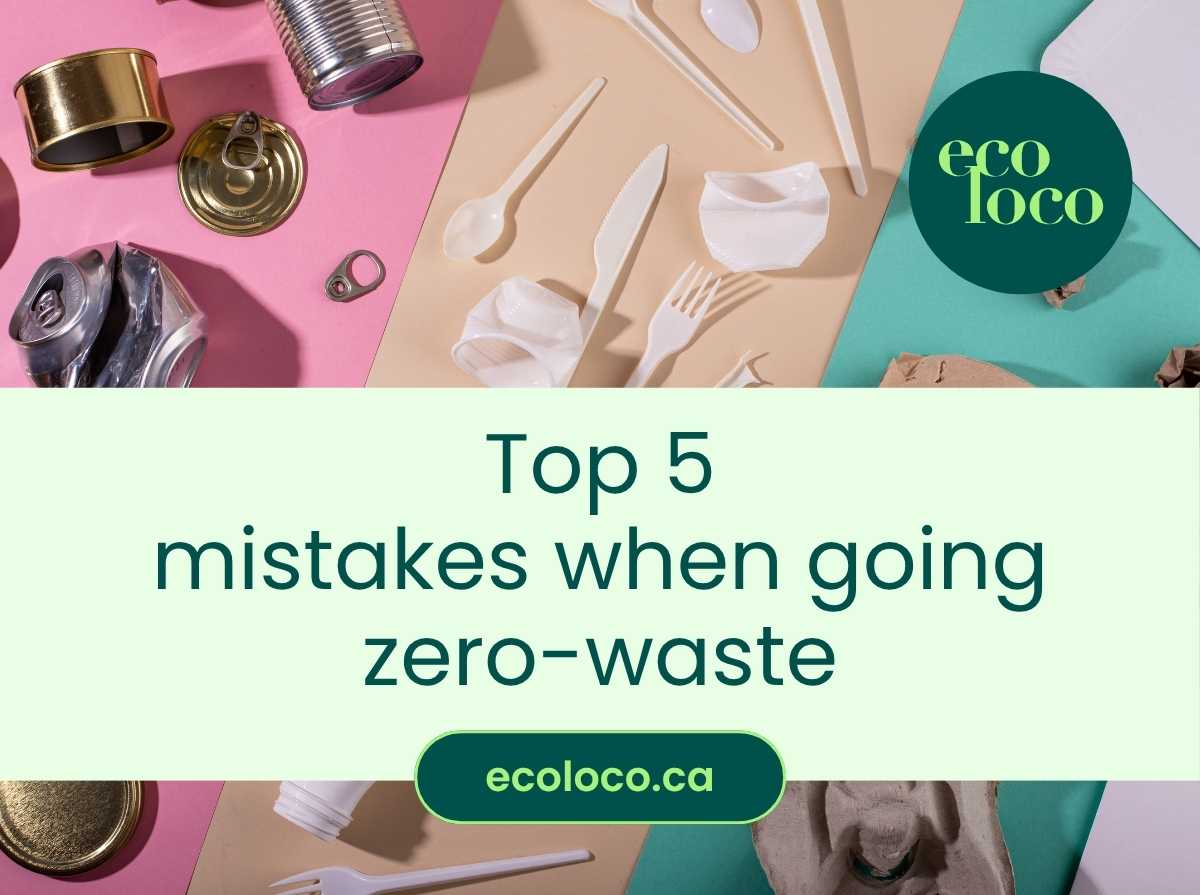
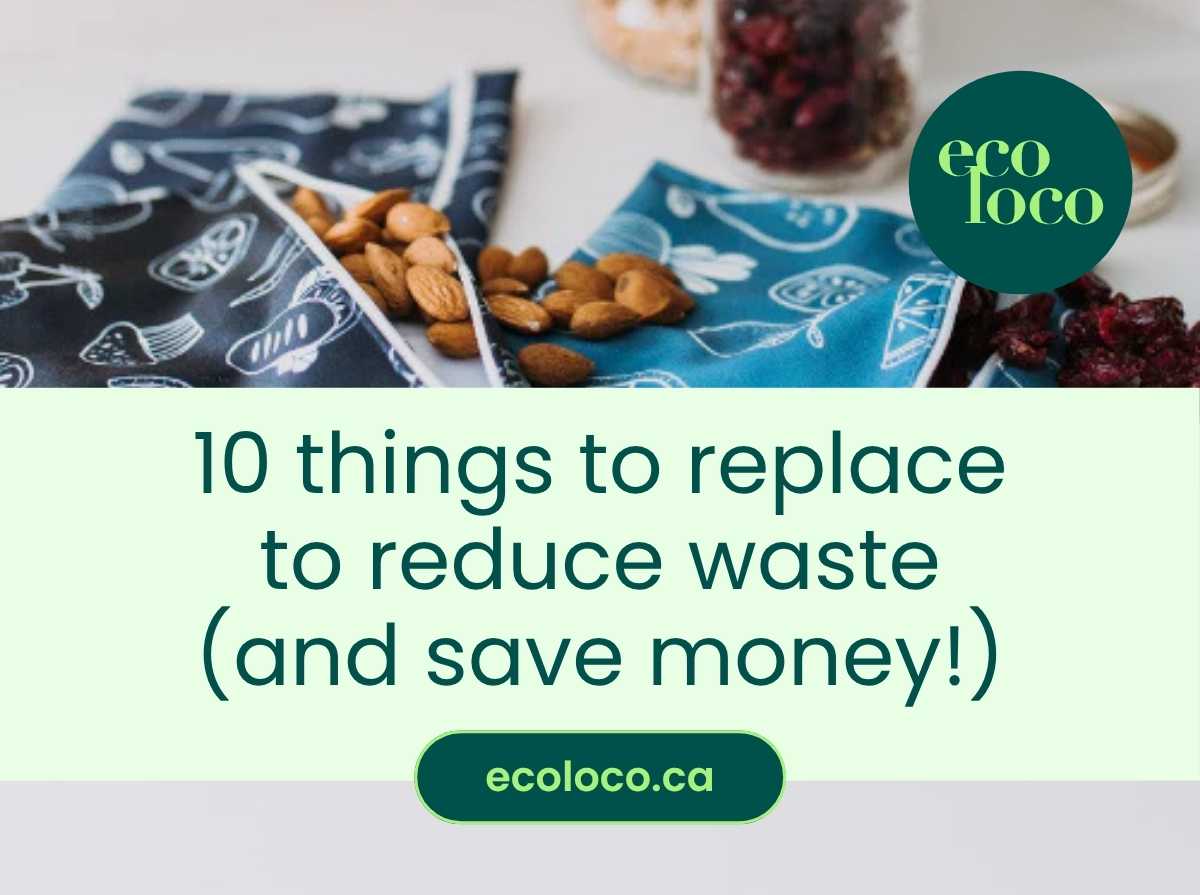


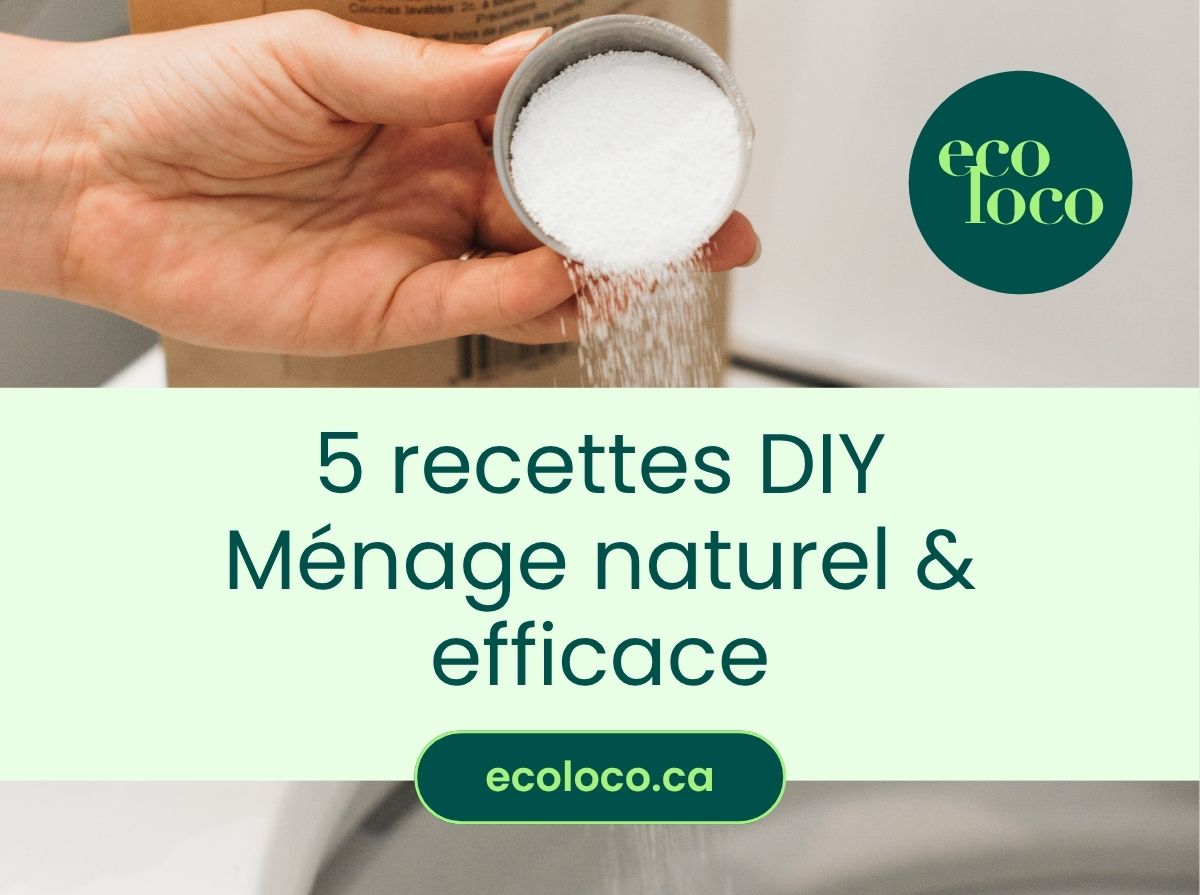

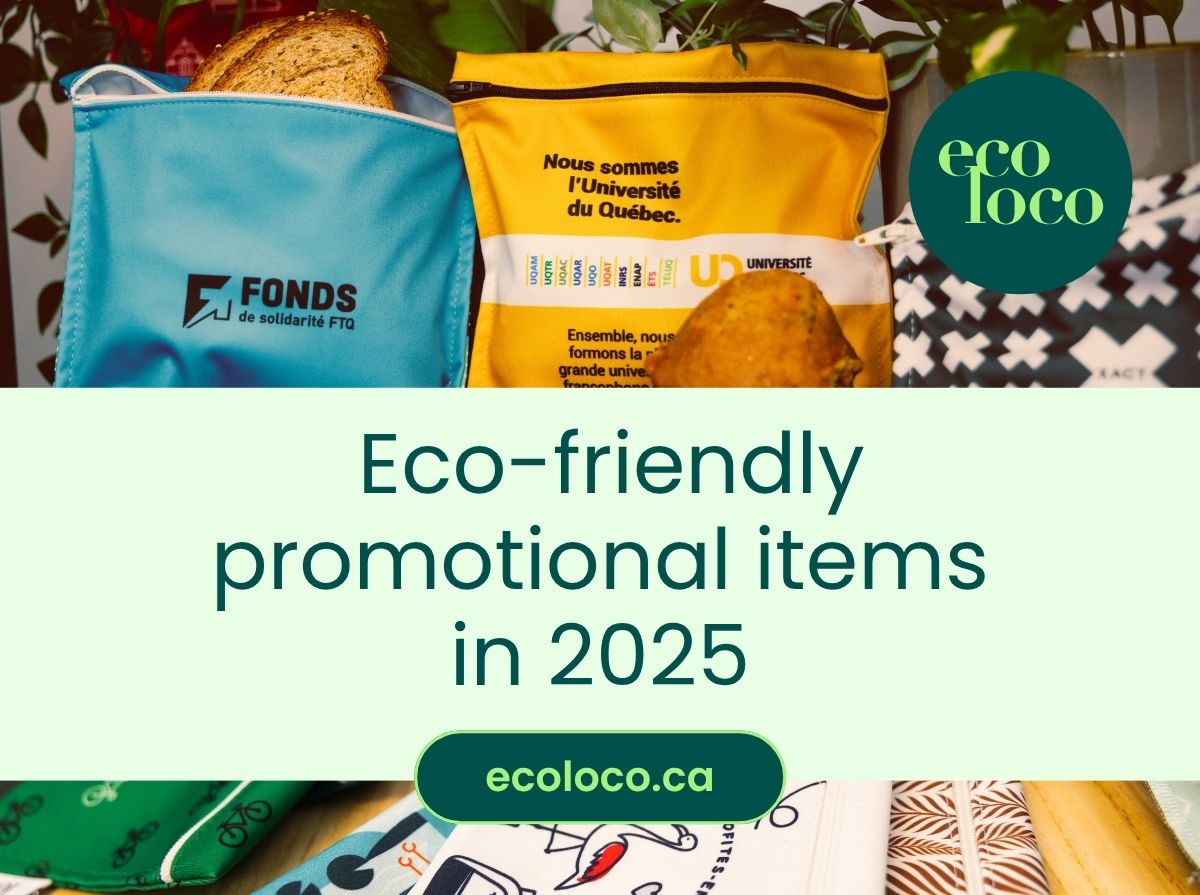

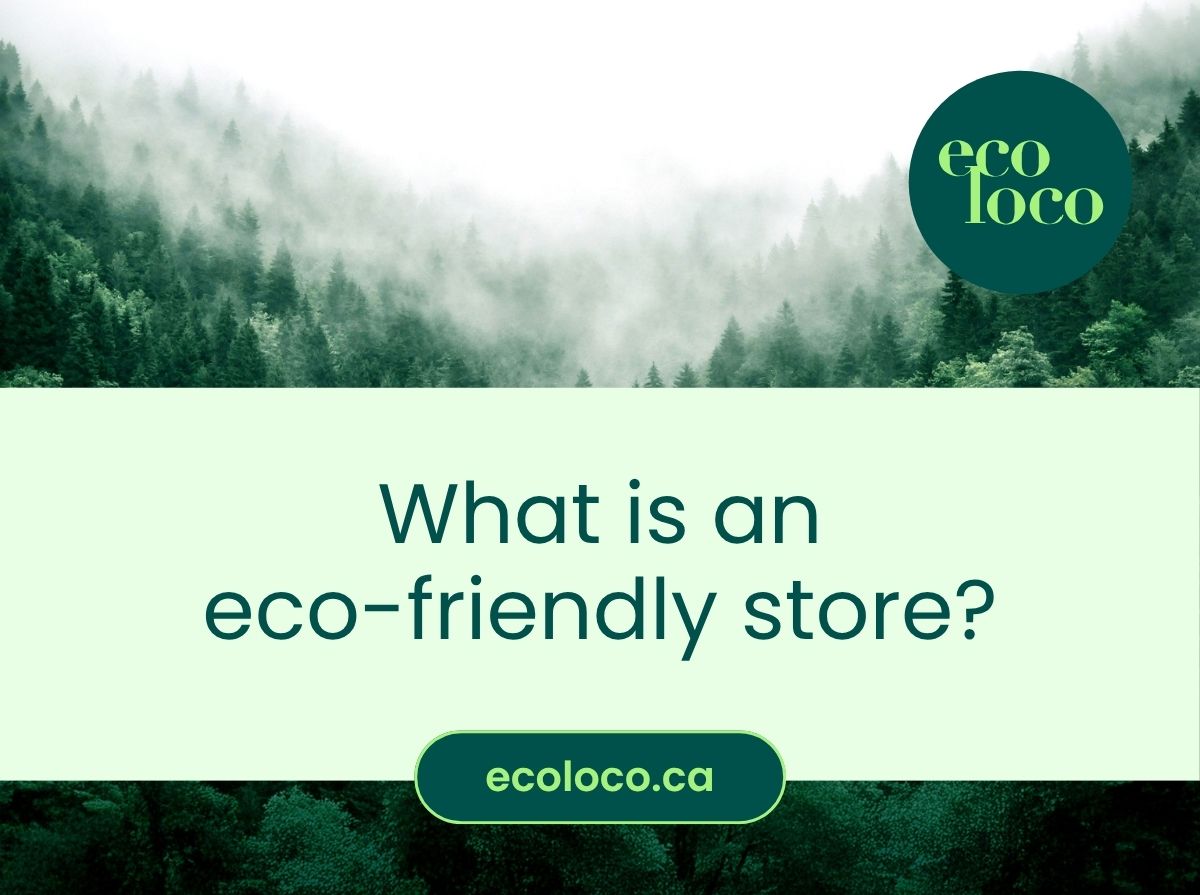
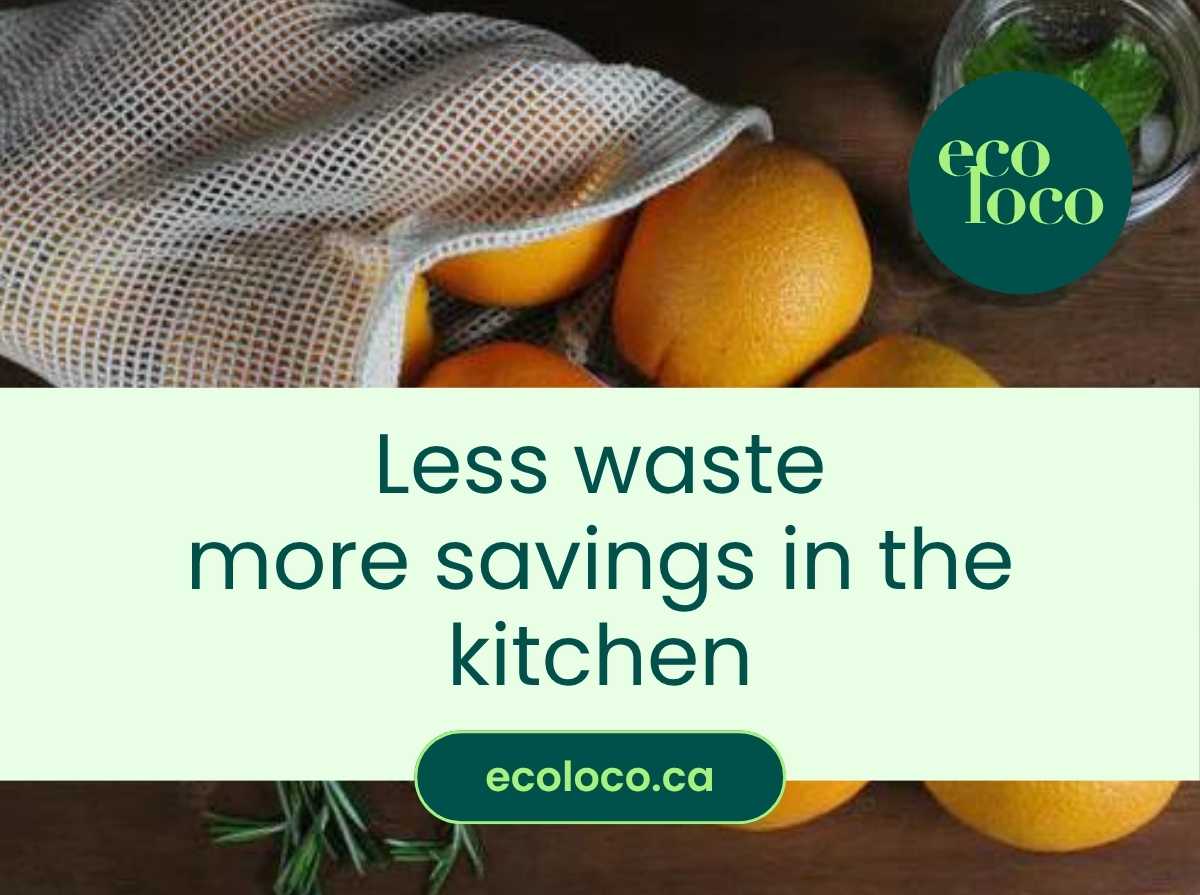
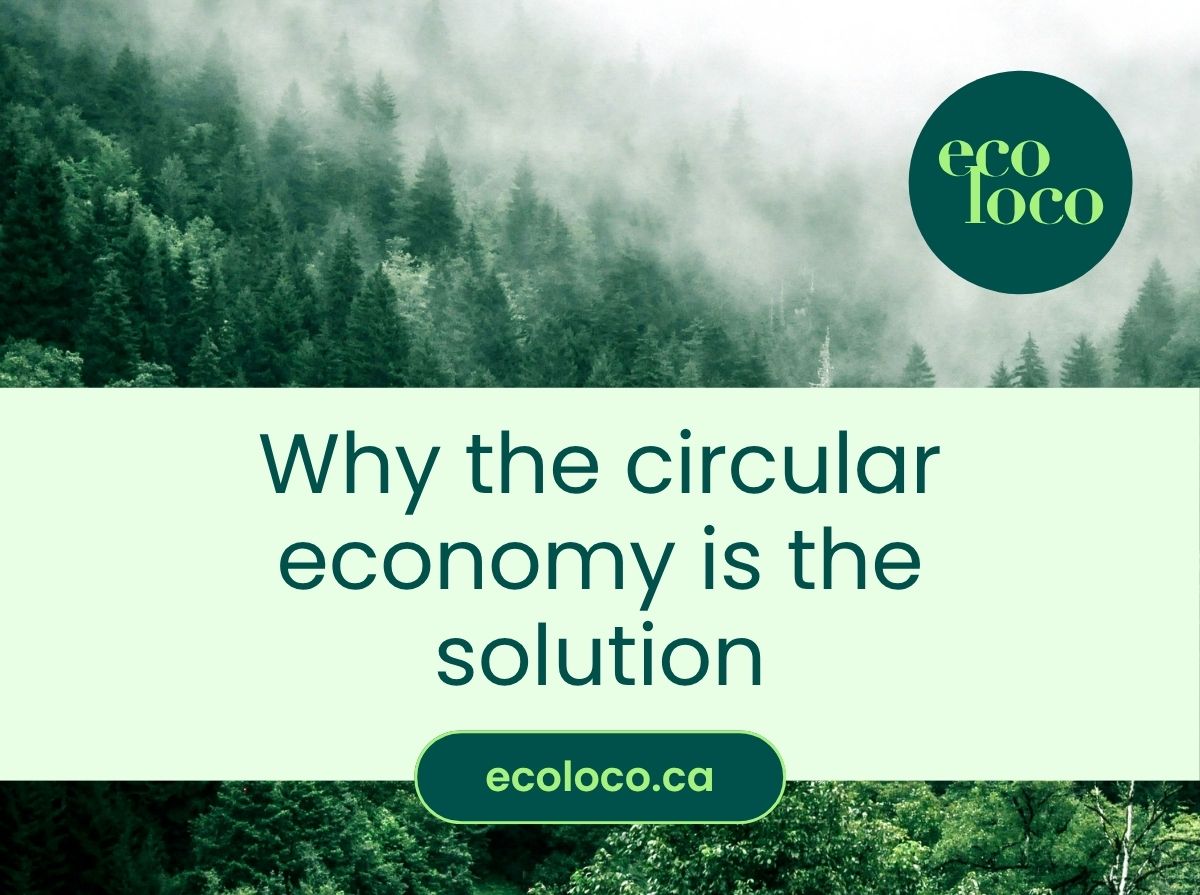
0 comments